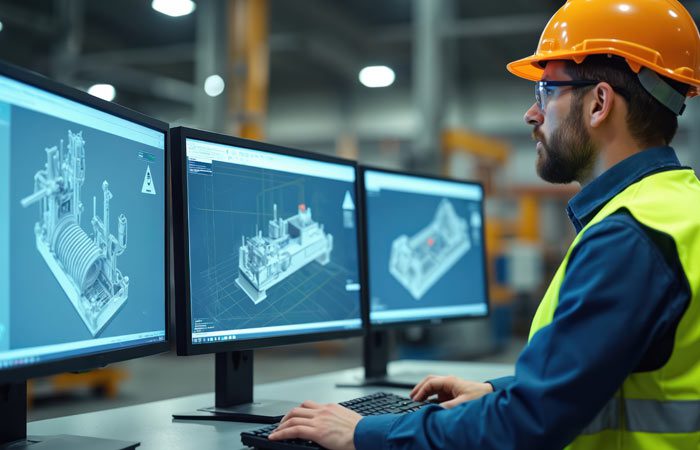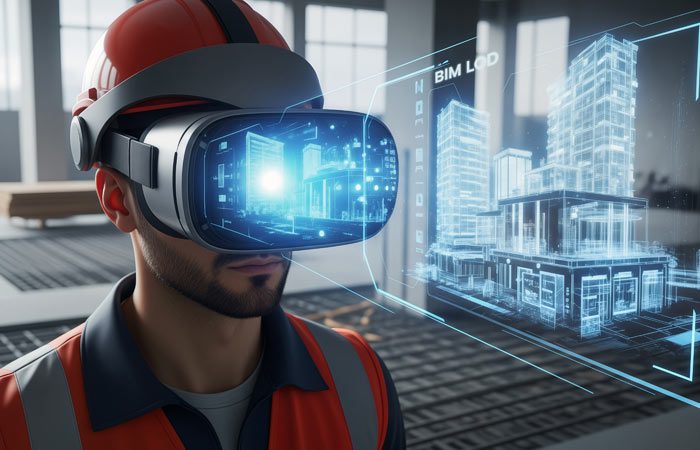
From ECUs to SDVs: How Centralized, Zonal & Middleware V&V Is Redefining Vehicle Reliability
The automotive industry is undergoing its most radical transformation since the invention of the assembly line. Vehicles today are no longer defined primarily by mechanical engineering but by the intelligence of the software that governs safety, performance, and user experience. This paradigm—the Software-Defined Vehicle (SDV)—is redefining how cars are designed, validated, and brought to market.
For engineering teams, the shift from traditional distributed Electronic Control Units (ECUs) to centralized compute, zonal controllers, and middleware-driven architectures represents both an unprecedented opportunity and a profound challenge. Verification & Validation (V&V) practices that once sufficed for ECU-centric designs are no longer enough. The reliability, security, and performance of tomorrow’s vehicles hinge on reimagining how we validate these new architectures.
At TAAL Tech, we are helping OEMs and Tier-1 suppliers bridge this change with end-to-end embedded V&V services tailored for SDVs—ensuring safety, scalability, and trust in mobility.
Why Centralized, Zonal, and Middleware Architectures Matter
The legacy automotive electronics model was distributed—each ECU managed a specific function like braking, infotainment, or engine control, communicating over CAN or FlexRay. This worked well for decades, but complexity, wiring costs, and scalability have reached a breaking point.
SDVs are ushering in a new architecture:
- Centralized Compute Units: High-performance computers consolidating multiple domains such as ADAS, chassis, and infotainment.
- Zonal Controllers: Localized units connecting sensors, actuators, and wiring within a vehicle zone, dramatically simplifying harness complexity.
- Middleware Layers: Abstraction software that decouples applications from hardware, enabling rapid feature deployment, scalability, and OTA updates.
While this architecture enables efficiency and innovation, it also introduces critical V&V challenges:
- Interoperability across domains (e.g., safety vs. infotainment).
- Middleware reliability under high data throughput and mixed-criticality workloads.
- Real-time performance validation for safety-critical applications in consolidated compute units.
- Security assurance for OTA updates and zonal network communications.
The V&V Imperatives for SDVs
To address these complexities, validation must shift left—starting earlier in the lifecycle and leveraging virtualization, automation, and continuous testing. Key imperatives include:
- Middleware Validation
- Deterministic message passing across zones.
- Failover, redundancy, and recovery mechanisms.
- Compliance with AUTOSAR Adaptive and emerging middleware standards.
- Zonal Orchestration Testing
- Validating zonal-to-centralized compute communication.
- Ensuring Time-Sensitive Networking (TSN) performance.
- Stress testing under ADAS, V2X, and infotainment load spikes.
- Domain Consolidation Validation
- Verifying safety and non-safety workloads co-exist securely.
- Hypervisor/container validation for workload isolation.
- Stress testing consolidated compute environments.
- Virtual Integration & Digital Twins
- High-fidelity system-level twins to simulate zonal/centralized interactions.
- SIL (Software-in-the-Loop) and HIL (Hardware-in-the-Loop) validation at scale.
- Automated regression for OTA update scenarios.
Industry Trends Reshaping V&V
- Software-First Development: Features are released OTA, decoupled from hardware cycles.
- Mixed-Criticality Systems: Safety-critical and infotainment workloads share the same platforms.
- Cybersecurity Mandates: UNECE WP.29 and ISO/SAE 21434 embed security into validation.
- Virtual Prototyping: Shift-left strategies are reducing reliance on costly physical prototypes.
The validation question has evolved from “Does this ECU work?” to “Can this entire zonal or centralized architecture—with thousands of interacting software modules—be trusted to evolve safely?”
Why TAAL Tech?
At TAAL Tech, we combine deep automotive domain knowledge with next-generation V&V methodologies to de-risk the shift to SDVs:
- Middleware & Communication Testing: Expertise in AUTOSAR Classic & Adaptive, DDS, and proprietary stacks.
- Cloud-Native HIL/SIL Platforms: Scalable test benches running thousands of scenarios in parallel.
- Cybersecurity-Integrated V&V: Threat modeling, penetration testing, and vulnerability scanning embedded into the lifecycle.
- AI/ML in Test Automation: Predictive test selection and failure modeling for accelerated coverage.
- Digital Twin Enablement: High-fidelity system twins for zonal and OTA validations.
- Hybrid Global Delivery: Local compliance with offshore scalability.
Our system-level validation expertise spans ADAS, infotainment, chassis, connectivity, and energy management—helping OEMs and Tier-1s future-proof their mobility strategies.
The Road Ahead
As vehicles transition into dynamic, software-centric platforms, V&V is no longer a back-end activity—it is the backbone of mobility trust. Legacy ECU-based strategies simply cannot scale for centralized, zonal, and middleware-driven architectures.
OEMs and Tier-1s need partners who can bridge legacy and next-gen validation, ensuring compliance, safety, and scalability without compromising innovation speed.
At TAAL Tech, we’re not just validating today’s vehicles—we’re engineering the trust that will power tomorrow’s mobility.


